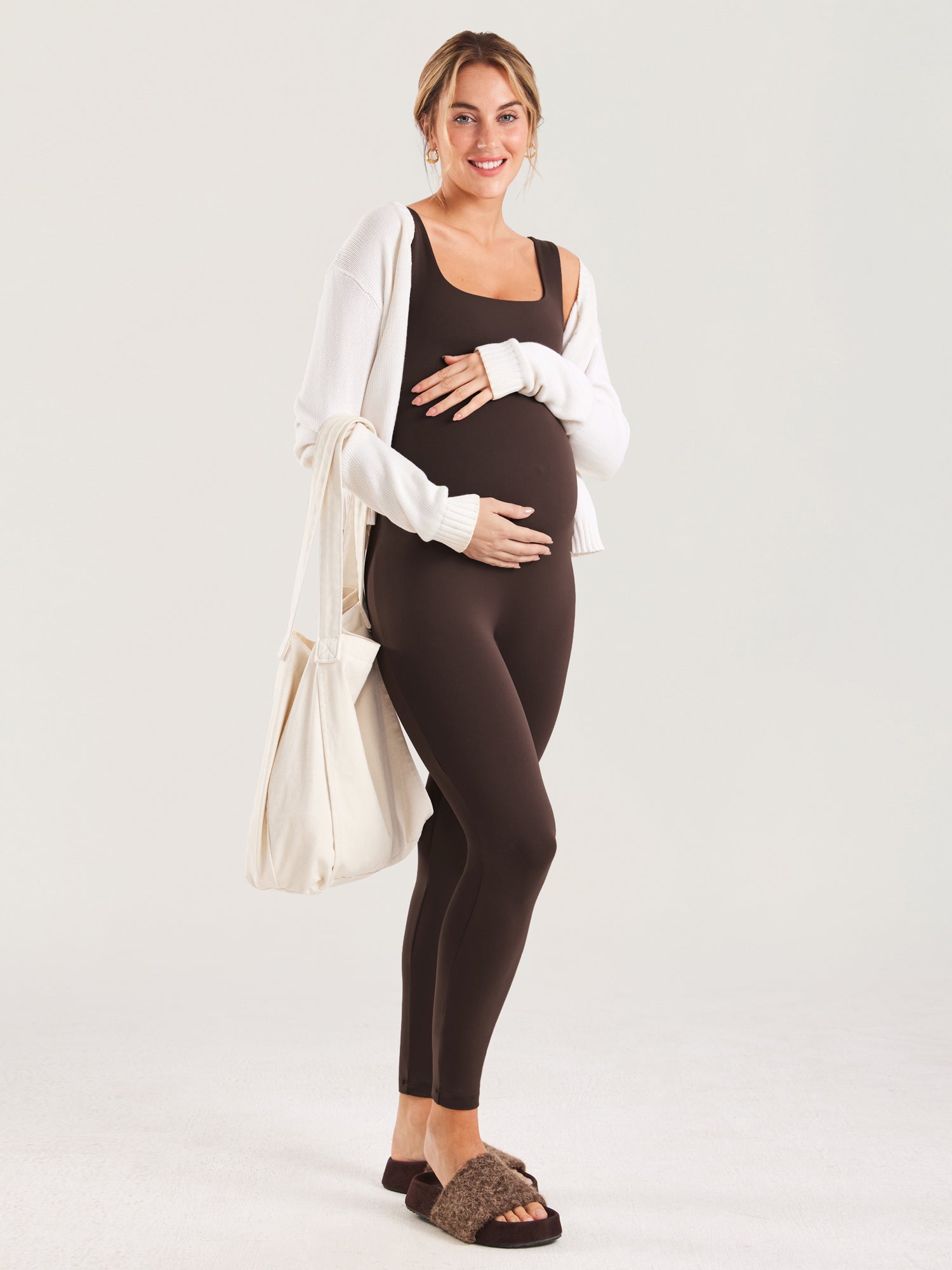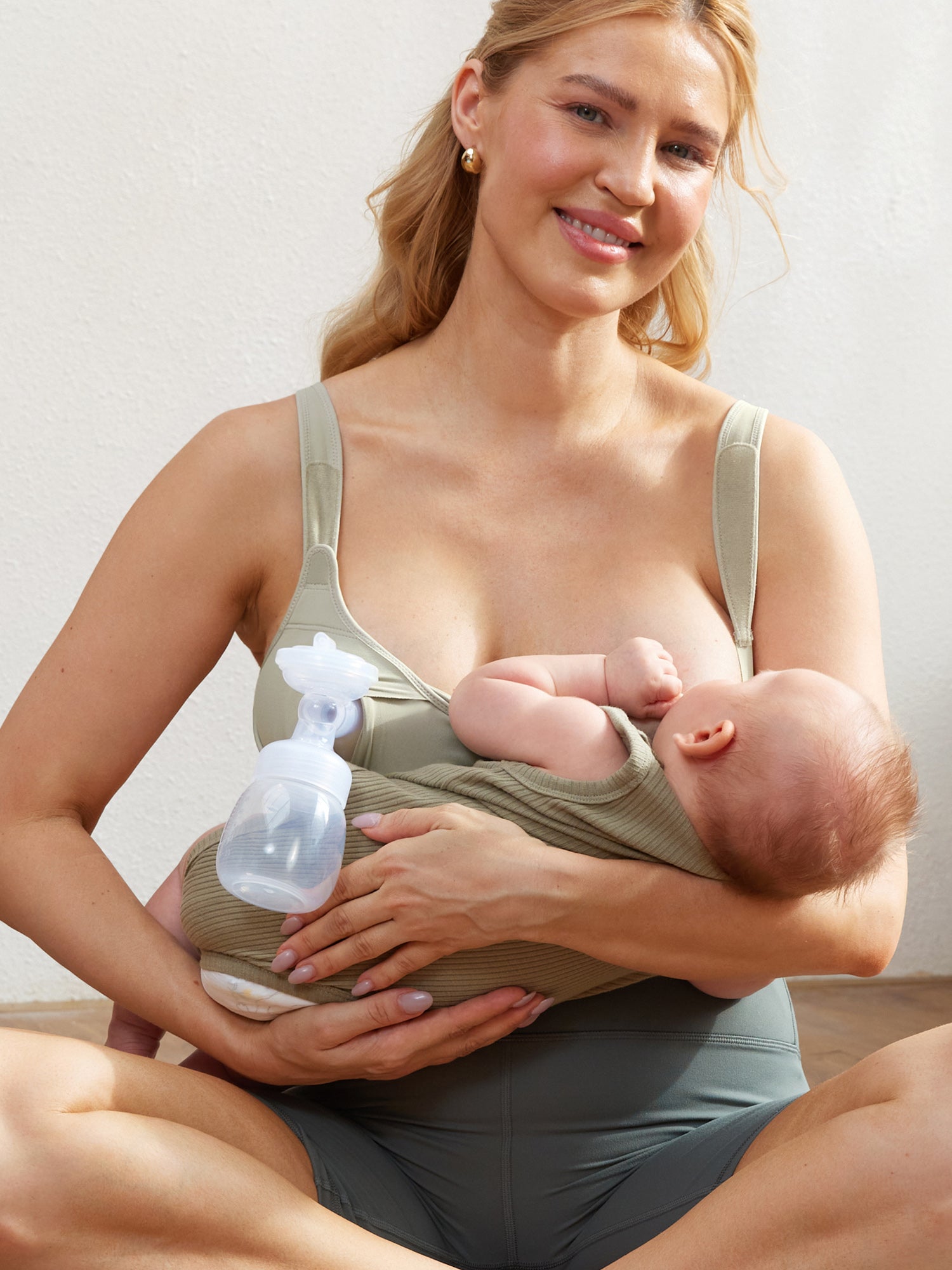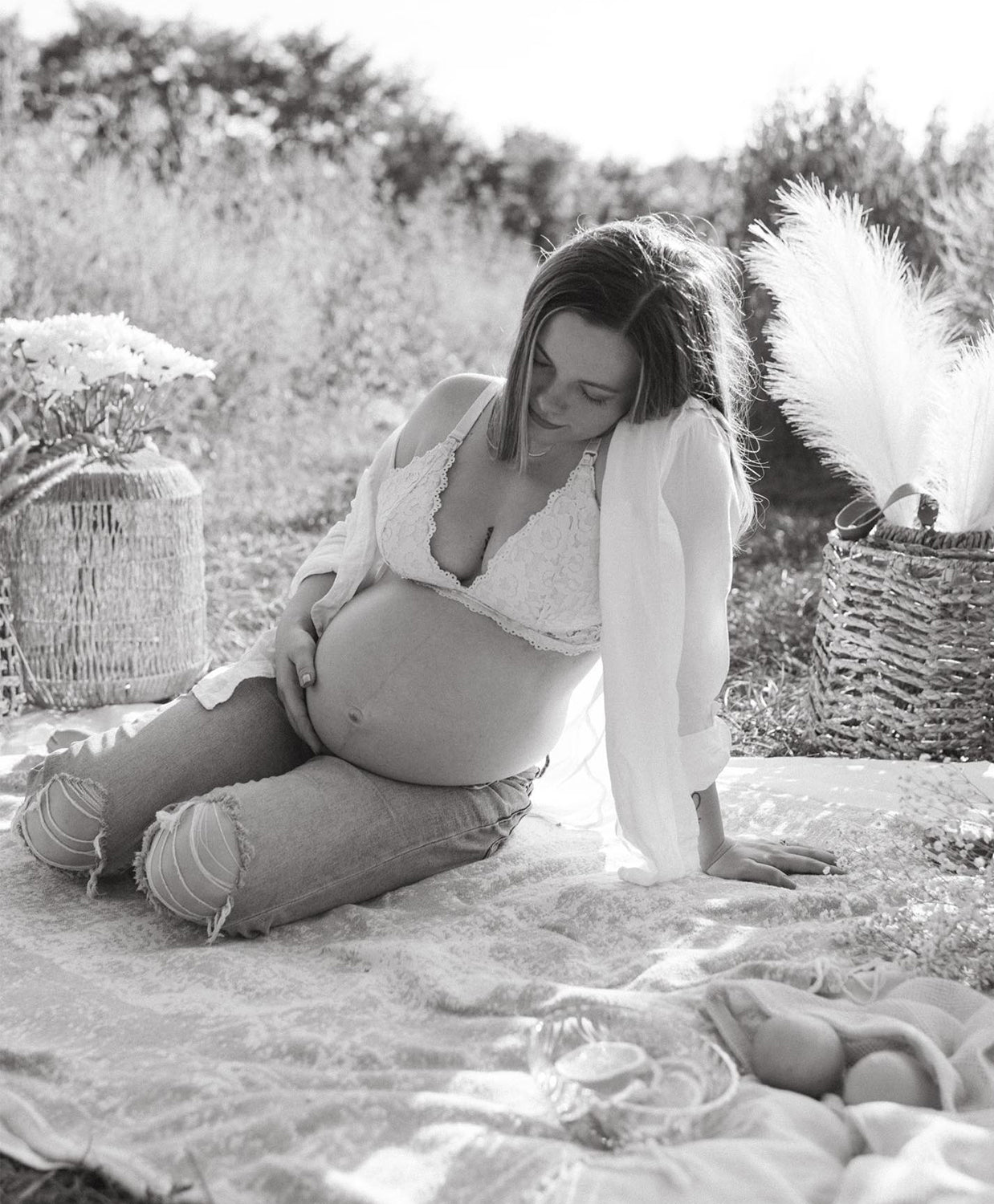When preparing for the arrival of your baby, birthing classes can be an invaluable resource. These educational programs help expectant parents understand the childbirth process, learn coping techniques for labor, and become familiar with various medical interventions that might be necessary during delivery.
Different Types of Birthing Classes
Birthing classes come in various philosophies and teaching methods. Each type offers unique perspectives and techniques to help you through labor and delivery.
Lamaze Classes
Lamaze is one of the most recognized birthing methods in the United States. These classes focus on natural childbirth techniques while acknowledging that medical interventions may sometimes be necessary. The core of Lamaze philosophy centers around breathing exercises, movement, and positioning to manage pain during labor. Most Lamaze courses run for about six weeks, with sessions typically lasting two to three hours each. Partners are encouraged to attend and learn supportive techniques.
Bradley Method
The Bradley Method, often called "husband-coached childbirth," emphasizes the partner's role as the primary support person during labor. These classes are more intensive, usually spanning 12 weeks, and cover nutrition, exercise, relaxation techniques, and detailed information about the stages of labor. The Bradley Method strongly advocates for natural childbirth with minimal medical intervention, making it popular among parents planning home births or unmedicated hospital deliveries.
HypnoBirthing
HypnoBirthing, also known as the Mongan Method, teaches self-hypnosis techniques to create a relaxed state during labor. The philosophy behind HypnoBirthing suggests that when free of fear and tension, women can experience a more comfortable birthing process. These classes typically run for five weeks and teach visualization, deep relaxation, and breathing techniques. Many mothers who use HypnoBirthing report experiencing less pain and anxiety during childbirth.
Birth Center or Hospital Classes
Many hospitals and birth centers offer their own childbirth education programs. These classes often provide practical information about what to expect during labor at their specific facility, including available pain management options, hospital procedures, and postpartum care. Hospital classes tend to be more medically focused and may spend significant time discussing epidurals, cesarean births, and other interventions.
When to Take Birthing Classes
Timing is important when scheduling birthing classes. Most educators recommend starting classes in your third trimester, around weeks 28-32. This timing allows the information to remain fresh in your mind without being so late in pregnancy that you risk missing classes due to early labor.
For first-time parents, more comprehensive courses are often beneficial. These might start earlier, around week 24, especially for methods like Bradley that involve multiple sessions over several months.
Virtual vs. In-Person Classes
With technology advancing, many birthing classes now offer virtual options. Online classes provide convenience and flexibility, allowing you to learn at your own pace from the comfort of your home. However, in-person classes offer hands-on practice with positions and techniques, plus the benefit of connecting with other expectant parents in your community.
Some programs offer hybrid models, combining online learning with occasional in-person sessions. This approach provides both convenience and hands-on experience.
Specialized Birthing Classes
Beyond standard childbirth education, specialized classes cater to specific needs and situations.
VBAC Classes
If you've previously had a cesarean birth and are considering a vaginal birth after cesarean (VBAC), specialized classes can provide targeted information. These courses cover the risks and benefits of VBAC, strategies to increase success rates, and emotional preparation.
Classes for High-Risk Pregnancies
Expectant parents facing high-risk pregnancies may benefit from specialized education addressing their specific conditions. These classes often include information on monitoring techniques, possible complications, and coping strategies.
Refresher Courses
For parents who have given birth before, refresher courses offer abbreviated versions of comprehensive birthing classes. These sessions typically review labor stages, pain management techniques, and any new practices or recommendations that may have emerged since their last birth.
Making Your Decision
When choosing a birthing class, consider these factors:
-
Your birth preferences and philosophy
-
Your partner's comfort level and availability
-
Financial considerations and insurance coverage
-
Time commitment you can realistically make
-
Learning style that works best for you
Many instructors offer introductory sessions or consultations before you commit to their full program. Taking advantage of these opportunities can help you find an instructor whose teaching style resonates with you.
Preparing for Your Classes
To get the most from your birthing classes:
-
Come prepared with questions
-
Bring your birth partner if possible
-
Consider taking notes or recording sessions (with instructor permission)
-
Remain open-minded about various approaches
Birthing classes provide tools and information, but every birth experience is unique. Being flexible and adapting techniques to your specific situation will serve you well during labor and delivery.
Conclusion
Choosing the right birthing class is a personal decision that depends on your values, preferences, and circumstances. Whether you opt for an approach focused on natural techniques like Bradley or HypnoBirthing, or choose a more medically-oriented hospital class, the knowledge and skills you gain will help prepare you for the transformative experience of childbirth. By understanding your options and making informed decisions, you can approach your birthing journey with confidence and preparedness.
FAQs
When is the best time to start taking birthing classes?
Most educators recommend starting classes in your third trimester, typically between weeks 28-32, though more extensive methods like Bradley may begin earlier, around week 24.
Are birthing classes necessary if I'm planning to have an epidural?
Yes, birthing classes remain valuable even if you plan to use pain medication. They provide comprehensive information about the entire labor process, help you recognize signs of labor, and prepare you for unexpected situations if your birth plan changes.
Can birthing classes really help reduce pain during labor?
Research suggests that women who take birthing classes often experience less anxiety during labor, which can reduce pain perception. Techniques taught in these classes provide practical tools for managing discomfort, though individual experiences vary widely.
Read More
How to Avoid Clogged Ducts (Expert tips for prevention and care)
How Long Is Heated Breast Milk Good For
Does Mastitis Decrease Milk Supply?
Ultimate Checklist for New Parents | What to Put in a Newborn Diaper Bag





























































